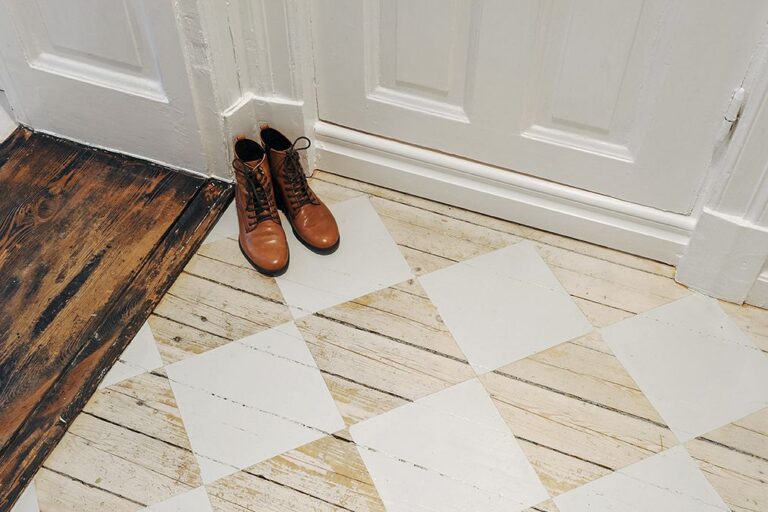Evaluate the Floor
When refinishing a floor, make sure you understand the type of wood that you are working with. Refinishing a hardwood floor like maple or oak is relatively simple. It’s more difficult to refinish pine floors, but it can be done with care. Engineered wood floors are not good candidates for refinishing because the veneer on the top will come off the moment you start sanding.
An old floor may not be suitable for refinishing if it has been refinished several times. If possible, use a heating grate to check how much hardwood remains. You can’t sand the floor if it’s below 1/8 inches or if there are nail heads visible. To refinish the floor, you can look into chemical options to remove the old finish.
Sanding is a must
You can be aggressive if the hardwood floor is able to withstand another sanding. For floors that haven’t been sanded for some time or have a heavy finish, you can use 36-grit sandpaper. You may need to use 24-grit sandpaper for floors that have been previously painted. Maple floors require 36-grit sandpaper.
Before you start sanding, remove all heating grates and carpet tacks. If you don’t plan to replace the baseboards, you can leave them in place. Before you sand, make sure your floor is clean. Sweep it and then dust mop it. Before you sand, make any repairs needed to cracks or gouges in the floor.
Sand and buff the floor
Your first pass should be to remove any finish. Make your first pass using the drum sander. Next, work around the edges using the edge sander.
Your second sanding step is designed to remove any finish or scratches left from the first. For this pass, use an 80-grit sanding pad or finer sanding pads. Then continue with the edge. Your floor should look new after you finish this step.
To remove any blemishes or scratches, you can use a 100-grit screen on a buffer for your final pass. Continue working backwards, each time overlapping the previous one. To avoid any marks, keep the buffer moving at all times. To buff the edges, you can use a random orbital sander.
Select the Finish
Natural oils and waxes may be preferred by some homeowners. These waxes and oils are great for older homes because they can be applied over time without the need to sand. An older home may not have enough floor thickness so this type of finish might be required. These hardwood floor finishes are safe for children’s rooms because they’re not toxic.
Use the Finish
To finish the room’s edges, use a bristle brush or foam applicator to apply the finish. Keep the layers even and thin. Use a lambswool application tool for oil-based polyurethanes, and a tbar or paint roller to cover the main part of the room. To avoid being pushed into corners, start as far from the door as you can. Keep moving in 5-foot sections. Use a foam applicator to blend brush marks into the finish while it is still damp.
Allow the finish to dry for at most 24 hours. Water-based polyurethane takes a little longer. Next, inspect the floor. You can sand lightly again the floor before applying the second coat if the finish has caused the wood to become more grainy. Before applying your second coat, make sure you vacuum and get rid of all dust.
Find laminate floor Installer
You need to find local laminate flooring installers for your floor which will help give a eye catchy look to your floor . It doesn’t mean you find an expert installer , local installer will also work same way and will fit in your budget.
Screening and Recoating
Recoating is a form of maintenance for hardwood floors, not a refinishing job. Screening and recoating is the process of removing the old coating by using a floor buffer to scrape it off, then applying a layer of water-based polyurethane. Although this is not a complete refinish, it can keep floors looking fresh and clean without removing too much of the top layer. This is a good idea for floors with a few minor repairs but not ready to undergo a complete refinish.
After all is done, compare floor sanding with your previous floor look and you will see the difference.
For finding the right professional advice just search flooring stores near me and get all the right information.


